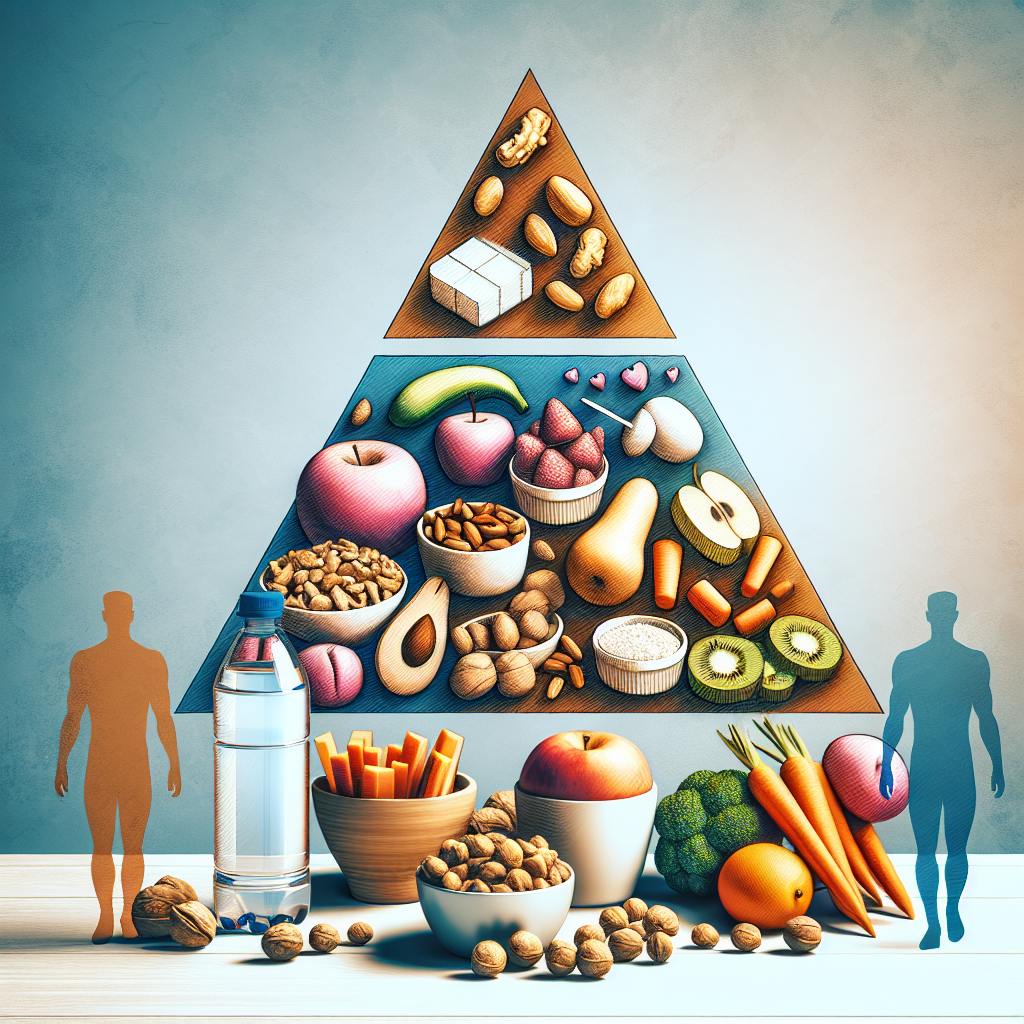Choosing snacks that have low sugar can make a big difference in energy levels, weight management, and blood sugar control. Whether you’re managing diabetes, trying to lose weight, or simply aiming for steadier energy between meals, prioritizing low-sugar options helps prevent spikes and crashes while keeping flavors satisfying.
Snacks with low sugar: simple principles
When picking snacks, focus on whole foods, fiber, and protein to slow digestion and blunt glucose rises. Look for minimally processed items and read labels for added sugars — even seemingly healthy products like flavored yogurts or granola can hide substantial sugar. Balancing carbohydrates with protein or healthy fats helps keep you full longer and supports stable blood sugar.
Protein-rich choices
Protein is a cornerstone of smart snacking. Hard-boiled eggs, low-fat cottage cheese, plain Greek yogurt, and lean deli slices are convenient and low in sugar. If you prefer a powdered supplement for shakes or to boost texture in recipes, consider options formulated for people managing blood sugar — for example, specialized protein powder for diabetics can be a practical choice when used appropriately and combined with whole-food ingredients.
Whole-food, low-sugar options
Vegetables, nuts, seeds, and select fruits make excellent snacks that supply fiber, micronutrients, and healthy fats with little sugar. Think baby carrots with hummus, celery sticks with peanut butter, or a handful of almonds. Berries are among the lower-sugar fruits and pair well with plain yogurt or a small handful of nuts for balance.
Quick low-sugar snack ideas
Below are easy options you can assemble in minutes. These are designed to be both satisfying and supportive of steady blood glucose.
- Plain Greek yogurt with a few fresh raspberries and chia seeds
- Sliced cucumber or bell pepper with guacamole
- Hard-boiled egg and a small apple (or a few slices of pear)
- Handful of mixed nuts and a square of low-sugar dark chocolate
- Roasted chickpeas seasoned with smoked paprika
Snack combos to extend fullness
Combining components—carbs + protein or fat—improves satiety. Examples include a small whole-grain cracker topped with avocado and turkey, or cottage cheese with sliced tomato and black pepper. Homemade energy bites made with oats, nut butter, and unsweetened cocoa can be portioned to control sugar and calories. Swap store-bought bars, which often contain added sugars, for homemade or carefully read ingredient lists to choose lower-sugar versions.
Practical tips for choosing low-sugar snacks
Smart shopping and simple habits make it easier to stick with healthy snacks with low sugar:
- Read labels for added sugars (sucrose, high-fructose corn syrup, dextrose, maltose) and compare per-serving sugar grams.
- Prefer whole fruit over fruit juices; juice concentrates can be as high in sugar as soda.
- Plan and portion snacks to avoid overeating; small containers or pre-portioned bags help.
- Keep fiber-rich choices on hand—veggies, seeds, and whole grains slow sugar absorption.
When to watch portion sizes
Even low-sugar foods can contribute excess carbs if portions are large. Nuts are calorie-dense, and starchy vegetables like potatoes or corn have more carbs. Measure or weigh portions until you can estimate serving sizes comfortably. If you monitor blood sugar, check how different snacks affect your readings so you can tailor choices personally.
Why added sugars matter
Public health guidance emphasizes limiting added sugars because they contribute calories without substantial nutrients and can raise the risk of weight gain and dental problems. For specifics on recommended limits and how to identify added sugars on labels, refer to the CDC’s clear guidance on added sugars and daily limits: CDC guidance on added sugars.
Bulleted quick takeaways
- Pair carbs with protein or healthy fat to reduce blood sugar spikes.
- Choose whole foods—vegetables, nuts, seeds, and dairy—for fiber and nutrients.
- Read labels to avoid hidden added sugars.
- Portion snacks to manage calories and carbohydrate load.
FAQ
Q: Are fruit snacks or dried fruit good low-sugar options?
A: Fresh fruit generally has more water and less concentrated sugar than dried fruit. Dried fruit is calorie- and sugar-dense, so use small portions and pair with protein or fat to moderate blood sugar impact.
Q: Can packaged snack bars be low sugar?
A: Some bars are formulated with minimal added sugar and use nuts, seeds, and protein as primary ingredients. Always check the nutrition label for total sugars and the ingredient list to identify added sugars.
Q: How do I make a low-sugar snack plan for the week?
A: Choose a variety of protein- and fiber-rich items, prep portions in advance (e.g., cut veggies, boiled eggs), and rotate different snacks to prevent boredom. Monitoring how snacks affect your energy and glucose helps refine the plan over time.






